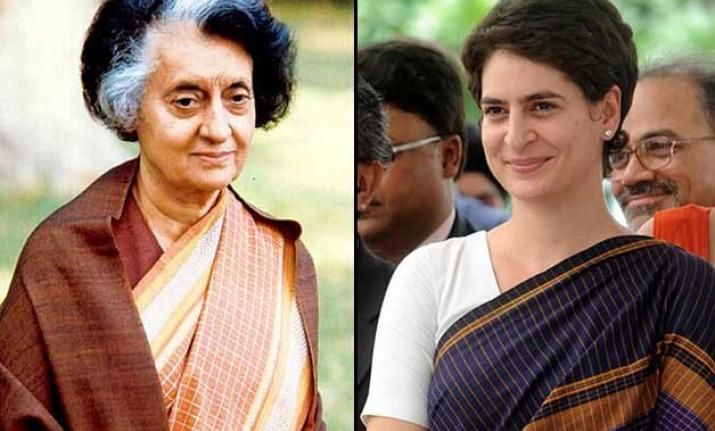Gandhi Women – Breaking The Glass Ceiling Since 1947
Apr 29, 2019 • 102 views

In 1966, Congress party appointed Indira Gandhi as the first female Prime Minister of India, in their wildest imagination they did not think she would be this strong charismatic lady who will handle the Prime Ministerial position on her own merit and strength. Her attitude and behaviour, when her father was the Prime Minister, reflected that she was a submissive and docile woman who has always been her father’s side and cannot do anything by herself. They thought she would be a puppet but history clearly tells us otherwise.
She made it easier for women to be accepted in Indian politics. Women from political dynasties and who have earned their name in some other profession are accepted more easily in politics today because of the strength and the determination she showed back then and did not bow down to powerful misogynistic men back then. After 70 years of our country’s independence, she is till date known as the best Prime Minister that India’s ever had. She gave her life for the unity of this country, and she deserves our respect, and also for making it normal for men and women in our generation to see women in powerful positions. But, she is not the only woman from the Nehru-Gandhi family who broke the glass ceiling.
In 1947, Vijaylaxmi Pandit was India’s ambassador to the Soviet Union and later in 1953, she became the first woman to become the President of United Nations General Assembly. At a time in the world’s history, women just got the right to vote in countries like the United States and United Kingdom, a woman holding public office back than was a big deal. In other words, Gandhi women were not only breaking the glass ceiling in the country but also in the world.
Congressmen resistance watching a female hold the highest office of the country and taking authority over it instead of being a puppet, was reflected in Presidential Election of 1969 when independent candidate V.V. Giri was shielded by Prime Minister Indira Gandhi against Congress candidate Sanjeeva Reddy, her opponent. While many called it back then, Indira Gandhi versus Syndicate leaders of the Congress party. In reality, it was Indira Gandhi versus Sexist Misogynist Men of Indian Politics. She was shunted by the party but won the heart of the country with the slogan ‘Garib Hatao’ and the leadership she showed during the Bangladesh War in 1971 where she proved herself as a leader, stateswoman, and commander-in-chief. But, did she end gender struggles for women in Indian politics? No.
Today, her granddaughter Priyanka Gandhi has entered politics, and opposition seems to find only one thing in their mind – she is pretty, she is from the Nehru-Gandhi dynasty and her clothes. While her grandmother broke the glass ceiling for women in general. She seems to have another challenge in front of her. She is a smart woman who knows what she is doing, which Indian men don’t seem to handle well. Narendra Modi, who wears pant and shirt when in Delhi and kurta-pajama when campaigning is not criticized, but when a Priyanka Gandhi does the same, the right-wing in our country seems to have a problem.
A woman whose qualification for Indian politics might just be her surname, but let’s face it, all glass ceiling hasn’t been broken yet, and one of them is of women who don’t give the image of the Indian sanskaras cannot run or win a public office because India will not elect woman who wears western-clothing, speaks her mind, chooses her partner, lives independently and does not put the sandoor and follow traditional Indian woman’s vibe cannot lead the country whereas a man like that can and has. Rajeev Gandhi was that man and he did lead India but his daughter is facing backlash for doing the same things that he did. Clearly, for her and Indian society, this is going to be the hardest glass ceiling to crack. If she is able to do this, women who wear western clothing will be accepted more openly in Indian society. Therefore, the question is will she become the first Indian female Prime Minister without being the ideal sanskaari woman? Will she be able to break India’s hardest sanskaari glass-ceiling for women?
